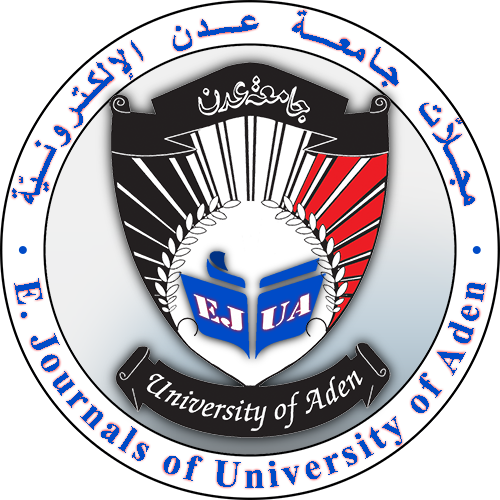Himyar: From Inscriptions to Traditions
DOI:
https://doi.org/10.47372/ejua-hs.2024.4.416Keywords:
Ancient South Arabian, Himyaritic, Yemen, Al-Hamdānī, MusnadAbstract
This article compares what we know today about ancient South Arabia from internal sources (inscriptions, documents in cursive script, and various archaeological remains) on the one hand, and what has been preserved by the Arab-Muslim tradition on the other. An investigation of this kind, if it confirms that data predating Muḥammad by a considerable period has been transmitted through Arab-Muslim tradition, would have significant implications for the ongoing debate among historians of the Medinan state and specialists in Islamic studies regarding the reliability of their sources. This study aims to highlight which categories of data have been most commonly transmitted and how they have been integrated into historical discourse. First, I will outline a selection of factual data that are mentioned both in epigraphy and in tradition, illustrating that the latter has preserved the memory of a surprisingly large number of precise and sometimes very ancient events. I will then examine how traditionalists have worked, with particular attention to the sources invoked by Yemeni scholars. Finally, I will assess the actual knowledge of the traditionists and attempt an evaluation of their methods.
Downloads
Downloads
Published
How to Cite
Issue
Section
License
Copyright (c) 2024 Moncef Abdeljelil, Mohammed Atbuosh

This work is licensed under a Creative Commons Attribution-NonCommercial 4.0 International License.








